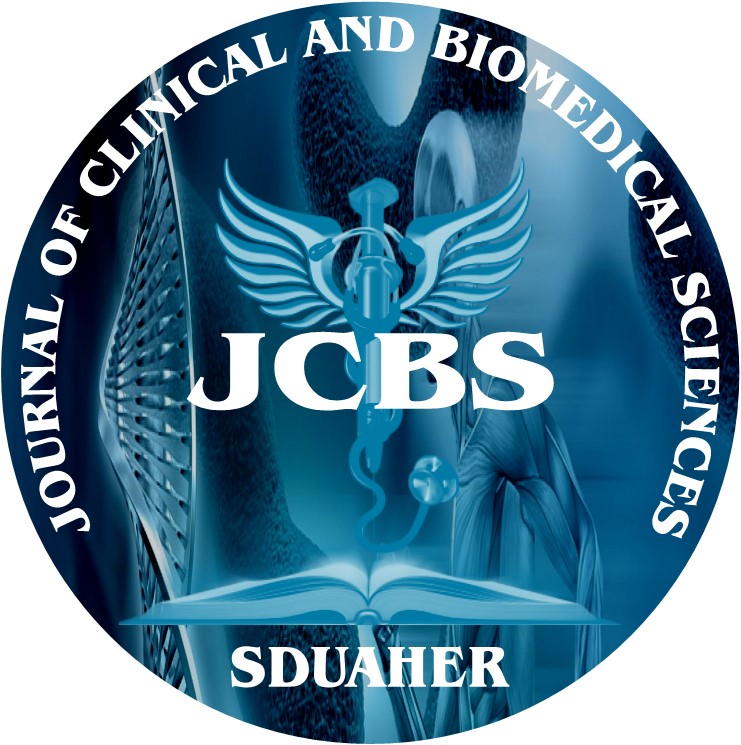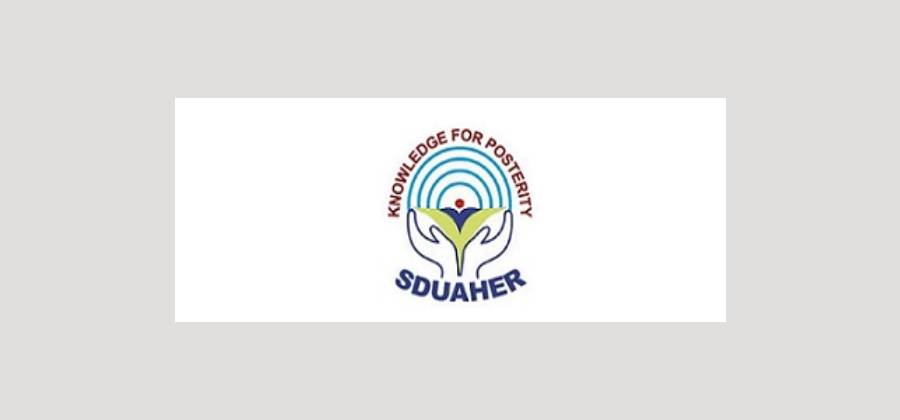


Journal of Clinical and Biomedical Sciences
Year: 2025, Volume: 15, Issue: 1, Pages: 55-57
Case Report
Mohan Murali1, Karthik S2∗
1Clinical Psychologist, Department of Paediatrics, SDUMC, Kolar, Karnataka, India
2Assistant Professor, Department of Paediatrics, SDUMC, Kolar, Karnataka, India
*Corresponding Author
Email: [email protected]
Received Date:05 September 2024, Accepted Date:31 December 2024, Published Date:25 March 2025
Doose syndrome also known as myoclonic-astatic epilepsy of early childhood (MAE), a rarely diagnosed entity, a kind of cryptogenic epilepsy with myoclonic astatic seizures as per the International League against Epilepsy (ILAE). A 9 year-old male child was bought by his mother with complaints of hyperactivity, excessive talking, and difficulty in paying attention noticed since 4 years of age. At 4 years of age, child had multiple episodes of unprovoked seizures on different occasions for which he was evaluated. EEG showed Myoclonic jerks in sleep with generalized poly spikes. The MRI Brain was normal. Genetic tests done showed no reportable genomic sequencing. The child was started on multiple anticonvulsants and advised for Ketogenic diet. At our hospital, a detailed psychological evaluation was done. The child was evaluated using Vanderbilt ADHD diagnostic parent rating scale and diagnosed with ADHD. Cognitive Behaviour Therapy was initiated. There was significant reduction in the scores following intervention indicating clinical improvement and quality of life of the child. Conclusion: This case report concludes that a holistic approach is needed in treating such cases to improve the quality of life. Most of the time behavioural problems remain unaddressed in search of primary ethology.
Keywords: Doose, Epilepsy, Syndrome
This is an open-access article distributed under the terms of the Creative Commons Attribution License, which permits unrestricted use, distribution, and reproduction in any medium, provided the original author and source are credited.
Published By Sri Devaraj Urs Academy of Higher Education, Kolar, Karnataka
Subscribe now for latest articles and news.